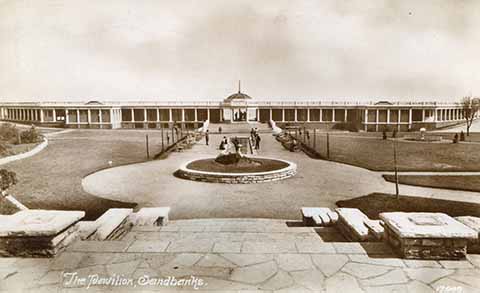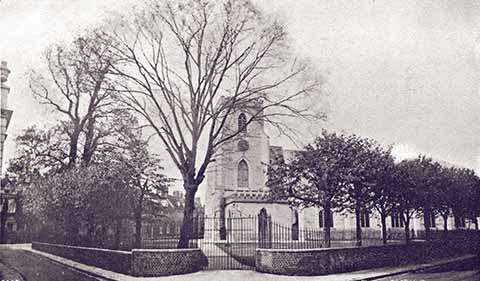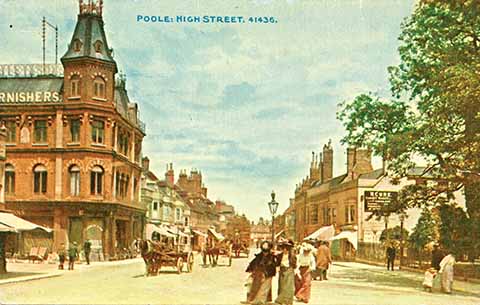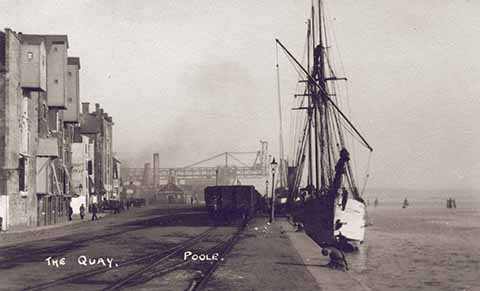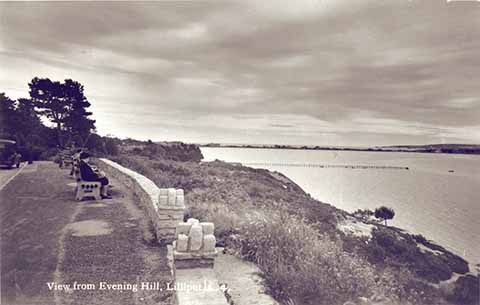Then and now – Poole through time in pictures
Joël Lacey looks at how much and how little the town has changed in 100 years
Published in January ’20
When one thinks of all the changes that Poole has gone through, it’s sometimes difficult to realise just how much has stayed the same. It’s easy to focus on the structural changes that occurred when the disease-ridden slums were cleared in the 19th century, or the massive changes wrought by the town’s reinvention of itself in the 1960s and 1970s.
But at its heart, Poole has remained largely unspoilt by progress. Its historical background as a major port has meant it’s always had a water-based economy.
Even as the nature of the water-based economy has changed, the essence of the port has not. It’s certainly cleaner and safer down at the quayside than once it was, but from the ferries to France to the pleasure boats around Poole Harbour and beyond, there’s still a maritime feel to it.
The Old Town is still recognisably allied to the sea, but there have been changes in the kind of buildings and their uses. Merchant ships still come in, but the commerce of the town is now more consumer-focused than industrially based.
Where the focus of business is and always has been pleasure, relatively little has changed. Where the focus of business was trade, that has been shaped by the county’s larger shift towards services, and not manufacturing.
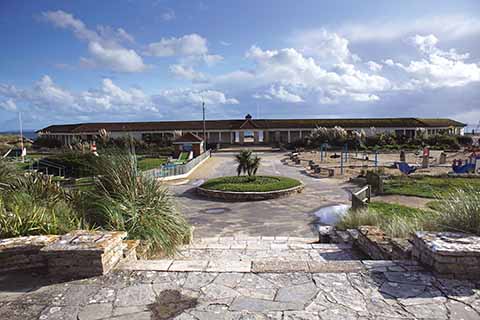
One of the biggest societal changes over the last hundred years is that of the age group that the seaside is designed to appeal to. Where once the promenade was full of gently strolling couples taking the air for restorative health purposes, now the focus is very much more on the entertainment of children.
At first glance, the colour and monochrome shots of Sandbanks Pavilion here may look incredibly similar. However, on closer inspection, the manicured approach of a hundred years ago has been the subject of infill to the right and left of the path leading to the pavilion itself. Now those two areas are occupied by a miniature golf course and a children’s play area.
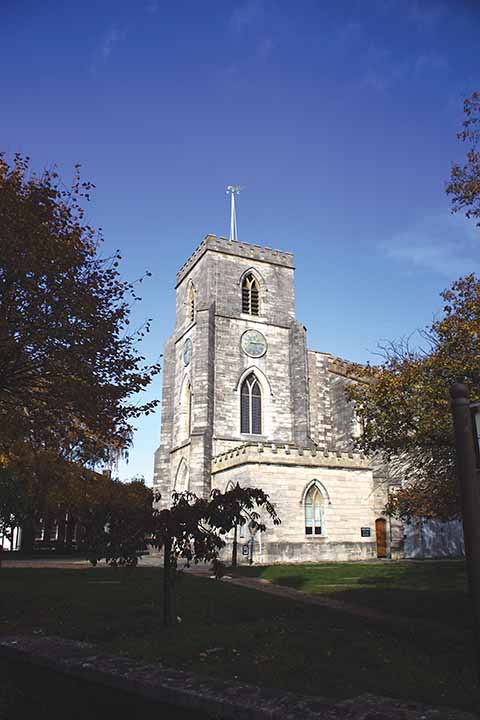
St James Church, which is currently the subject of a major series of works and is largely clad with scaffolding and corrugated iron while they are taking place, has otherwise changed little in the near-century gap between these two pictures being taken.
The largest tree has disappeared from the scene, and all the other trees are larger than they once were, but in essence the parish church is much as it ever was from the outside.

The upper stretches of High Street are busier than they once were, not least in terms of the traffic that flows past it (but not down it at this upper end). It’s less genteel now perhaps than then, and the furnishings store from the late 19th century was for a long time known as Burger King corner, before its current incarnation as one of a growing number of coffee shops in the centre of town.

The major roads network aside, probably the biggest change to Poole is the nature of the maritime traffic and the usage of the buildings along the Quay. Poole’s connection with the RNLI, its position as a pleasure boat nexus and the switch in the use of property to residential buildings and tourism related shopping, from warehouses are all factors in determining just how the harbourside has changed.
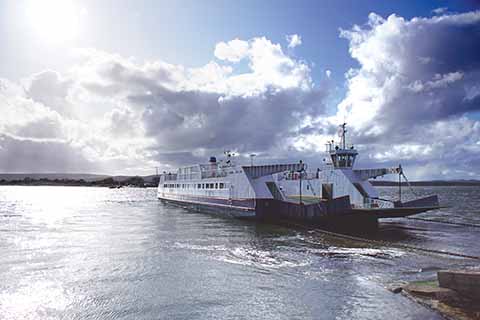
Looking from the Haven Hotel towards Studland, the size and power train of the Sandbanks Ferry may have changed , but the principle of the floating bridge remains the same. The present- day Bramble Bush Bay is the third iteration of the ferry in operation, but the first to bear a name. The two previous floating bridges were called quite simply No1 and No 2.
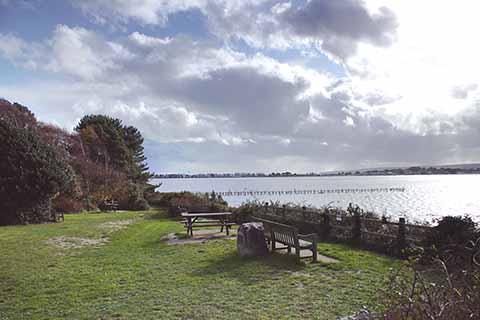
The view from Evening Hill is a little different if one pores over the images with the aid of a magnifying glass when examining the buildings on the horizon, and trees, bushes, benches and paths may have come and gone in the interim, but by and large the outlook from Evening Hill is just the same now as it was in the 1960s, when the black and white shot was taken.
